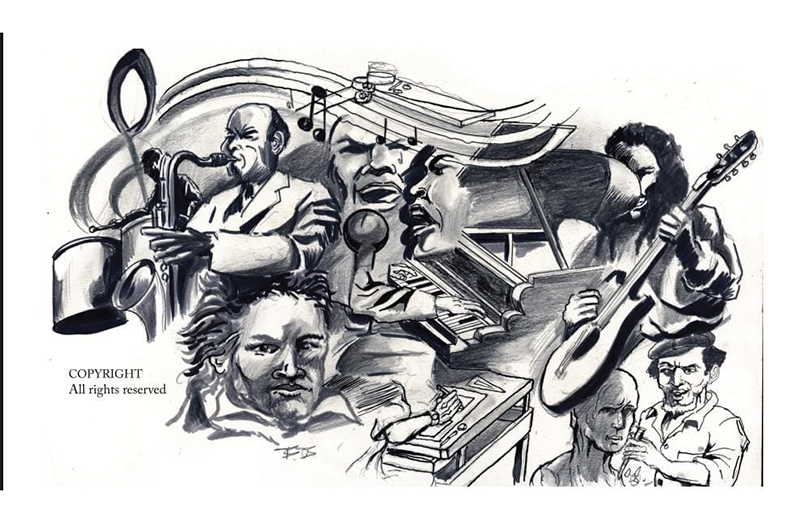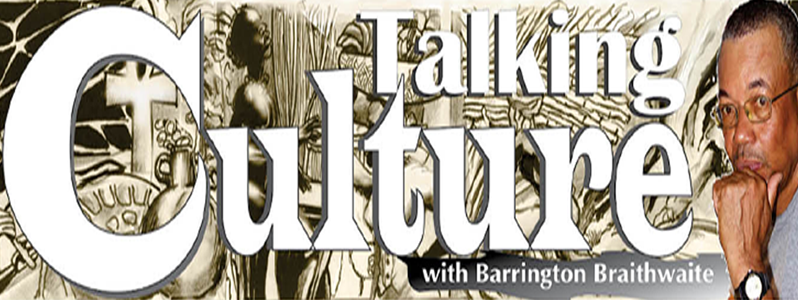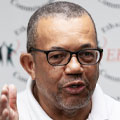BECAUSE this column has dealt with Prehistoric Art more than once, there is no point in repeating the same. Instead, there is relevance to what ‘Civilising Awareness’ means in reference to the Arts with the advent of the high civilisations whose topical discussions we have become accustomed to in discussion, beginning with Khemet (Egypt) that was settled as sensibly argued by humanity that had travelled down the Nile from the font of the White Nile; humanity who have occupied lands like modern Uganda, Ethiopia, etc.
And what art are we referring to that has impacted us to the point of birthing a leap forward in the interest of ‘civilising awareness’? It no doubt began with oral literature; lively concepts that helped define nature and its peculiarities with characters and names that defined the seasons and separated the hunters from the hunted, and the lore of the night against the dawn.
Such things were illustrated on walls; carved out of wood, clay and stone. Our observation no doubt captured the family life of animals who hunted as groups that inspired our bonding into the reality of survival, enabling us to recognise the moods that defined the seasons. The first Guilds no doubt began with the skill of hunting and defence weapons, and the arts of clothing, imagery of storytelling, and toys, for, remarkably, in our distant past, children played with toys designed for males and females alike.
This was the conclusion as to how the awareness of our creative gifts contributed to our ‘Civilising Awareness’; an awareness that with the tapestry of the moving starlit skies summoned the serenity to understand a common kinship that could only be reasoned through the logic of religion.
Thus followed the Arts in giving form to religion, and the mystery of religion inspiring the Arts towards a new dispensation, as with humans, not always positive, but that’s a different column.
However, to reflect closer to home, few know that Jamaica and Guyana were the first two CARICOM States that developed Art Schools. This was to demonstrate the Arts as a national economic niche, and in support of other related areas because there was an encyclopaedia of industries proposed that would need original art to support trademarks and culturally relevant imagery through numerous forms. But global issues impacted, and talent started to drift away to not-so-green pastures as perceived, while some made a considerable impact, and others, like Dr. Denis Willams, returned to serve.
Where we are now is on a stage that was activated decades ago, but met with unforeseen obstacles with the growth along the way, into stagnation and the confusion of where real possibilities lay. Many talents were captured in this confusion, not with respect to the capabilities of their gifts, but in the absence of the necessary institution/s with the required awareness to facilitate the evolution of the talents from the capability to the interface between talent and organised readiness towards industry.
 That absence affected the symmetry towards that natural growth of awareness in the Arts of Guyana, locally and abroad. This analysis is made holistically across the Arts as it relates to the absence of multiple institutionalised Guyanese overseas and local Arts-based business entities, though the raw potential is viable.
That absence affected the symmetry towards that natural growth of awareness in the Arts of Guyana, locally and abroad. This analysis is made holistically across the Arts as it relates to the absence of multiple institutionalised Guyanese overseas and local Arts-based business entities, though the raw potential is viable.
Though not one of the much-vaunted GDP-sacred sisters inherited from the colonial past, the talents existed in the Arts, protecting the ‘Aesthetics of the Once Garden City’. I want to repeat one of the most frightening utterances that a friend told me while discussing the passing of the late Derrick Bernard as an unused talent in the context of what he could have offered. Other names were mentioned, and my buddy looked at me over his spectacles and terrified me with what followed. “Barry, I’m telling you, God has been kind to this country with the gift of creative talents. One day, He will stop with those gifts; it will happen.”
I’m not superstitious, but he had me terrified of the prospect. I even attempted to defend our position, and we ended up laughing it off. It was a terrifying thought for a moment, and I felt that I had to point out that “We, the artists, were victims.” I was aware that in the 1966, the Guyana Graphic Independence Souvenir paper, on Page 71, there was the boast of one discipline: “The theatre in Guyana; the most virile in the Caribbean.”
In closing, I will repeat what I’ve written in the media, over and over, across the past 15 years: “For the Arts to succeed as a GDP provider, it has to have included in its main management practitioners of the Arts, who have ventured into the commercial world of its area of ‘Creative Cultural Industries’, and who have faced the fire and retreated with experience, and a heightened awareness of what is necessary to succeed.”



.jpg)








